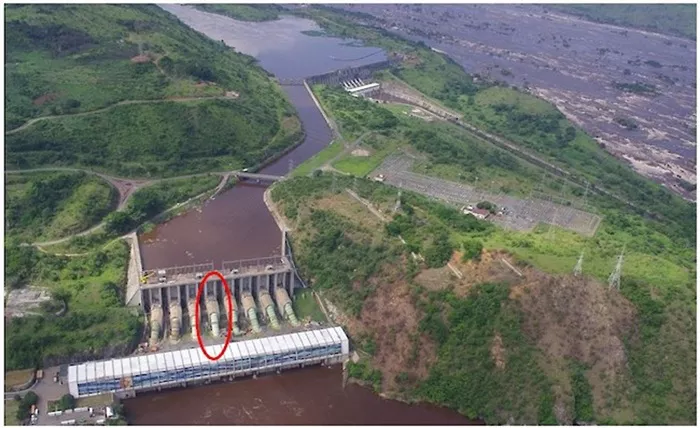Germany’s state-owned development bank, KfW, has allocated €20 million ($22.1 million) for the modernization and digitalization of the substation at the Inga I and Inga II hydropower plants in the Democratic Republic of Congo (DRC). This initiative is being conducted on behalf of Germany’s Federal Ministry for Economic Cooperation and Development (BMZ).
The existing substation was deemed outdated and underperforming, failing to fully utilize energy from the two largest hydropower facilities on the Congo River, despite recent upgrades to the plants themselves. KfW’s digitalization efforts aim to enhance the stability, efficiency, cost-effectiveness, and environmental sustainability of the electricity supply in the DRC.
Markus Schlömann, KfW’s country representative for financial cooperation with the DRC and the Republic of Chad, stated, “By modernizing the substation, we have made an important contribution to making the electricity supply in the Congo more secure. Electricity distribution is often undervalued, but it is just as important for the supply as the electricity generation itself.”
The revamped substation is designed to ensure reliable electricity delivery from the hydropower plants to consumers, significantly improving living conditions and promoting economic development. Alongside the initial €20 million investment, an additional €4 million ($4.4 million) has been allocated to connect four turbines at the hydroelectric facility to the new switchgear control system.
The Kinshasa control center will now have direct access to Inga II’s substation, enabling early detection and correction of faults. This capability is expected to stabilize the entire power grid and minimize energy losses.
Modernizing the substation presented challenges, as only certain components could be shut down while the facility continued to operate. This required a phased approach to the upgrades, complicating the process. Additionally, the project faced delays due to COVID-19-related restrictions and supply chain issues. Nevertheless, the work was completed successfully this year, culminating in the integration of the four generating units.
Electricity remains a luxury in the DRC, with the majority of the population lacking access. KfW reports that fewer than one in five residents has reliable electricity, forcing many to rely on costly diesel generators or live without power. Of the approximately 18 million households in the country, only 2 million have any access to electricity, with significant disparities between urban and rural areas. Frequent power outages, caused by infrastructure damage or overload, further complicate economic development.
Despite these challenges, KfW emphasizes the DRC’s substantial potential for sustainable energy, particularly through hydropower. The Inga I and II plants, which boast an installed capacity of more than 1.7 gigawatts, generate 90% of the electricity consumed in the capital, Kinshasa. These run-of-river plants harness the Congo River’s drop of over 90 meters and supply both Kinshasa and southern regions of the DRC via a high-voltage power line exceeding 1,000 kilometers in length.
Industrial companies are the primary consumers of this green electricity, which is transmitted over vast distances through the upgraded substation. The new switchgear will also protect the power grid from lightning strikes, short circuits, and line failures.
The previous substation’s poor condition contributed to frequent outages, preventing full utilization of the energy produced at the hydropower plants and leading to significant power losses. KfW anticipates that the modernization will substantially improve the country’s electricity supply, although it may not meet demand entirely. The World Bank is now exploring options for further expansion of the Inga power plants to address this gap.
According to Germany’s BMZ, the DRC plays a crucial role as a nexus and peace partner in the region. The country generates nearly all its electricity from renewable sources and possesses Africa’s largest hydropower potential, estimated at 100 gigawatts. Through development cooperation, Germany aims to help the DRC harness this potential more efficiently, benefiting the broader Great Lakes region.
Related topics:
- Baltic Power Wind Farm Achieves Milestone with First Onshore Connection
- TotalEnergies and RWE Partner on 4GW North Sea Offshore Wind Projects
- Fed’s Recent Rate Cuts: What They Mean for the Manufacturing Sector

